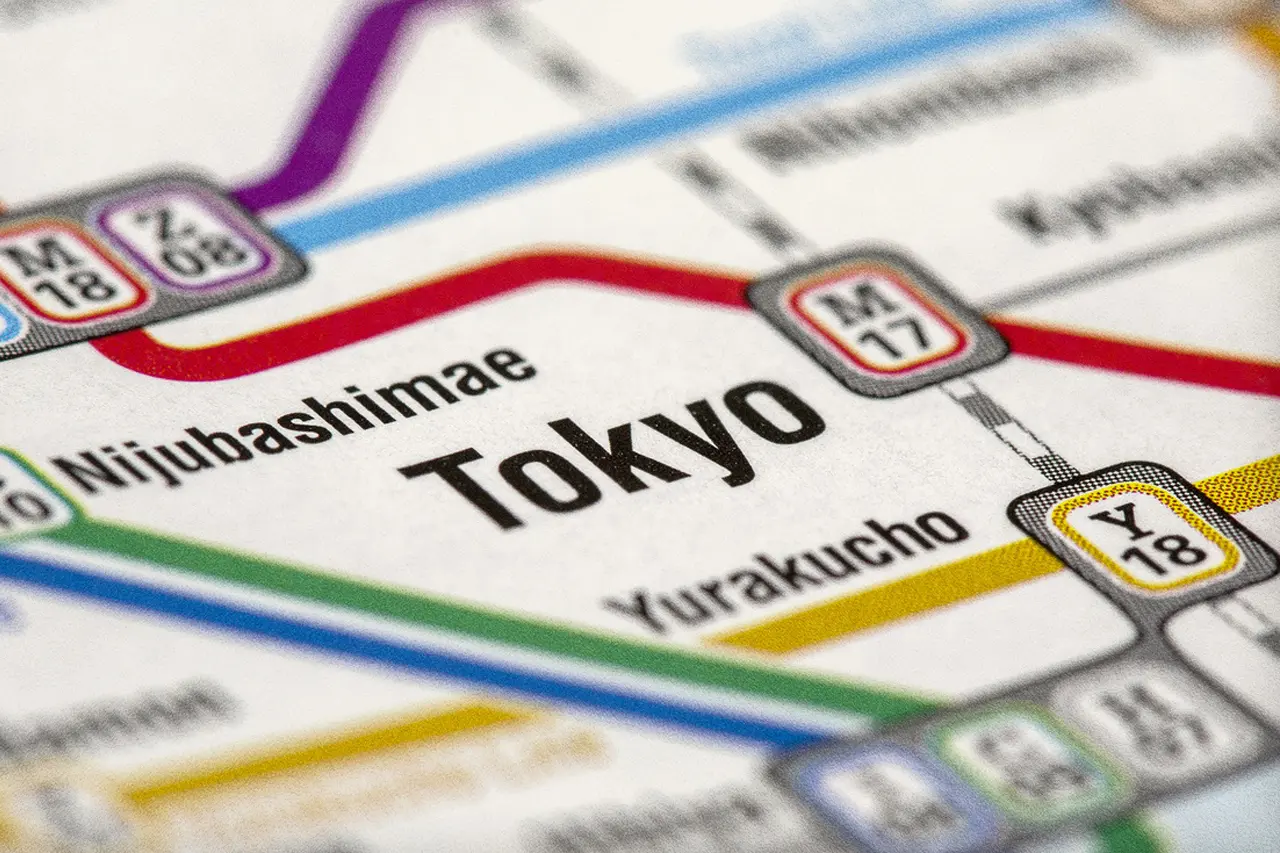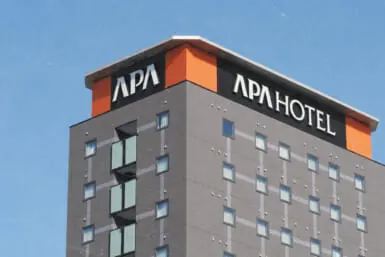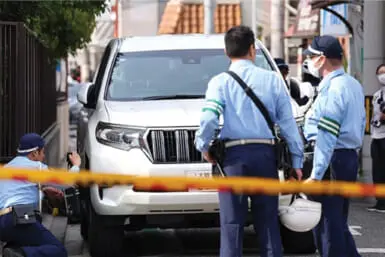Social media can be, and often is, a cesspool, a trite and inane metaphysical black hole where lives are sucked into and spat right back out again. It’s rare, then, to find a real cultural gem and a page which keeps you coming back for more. A page where you check for updates and new posts every day. A page which, quite simply, you can’t get enough of. That page, for me, is suburban_tokyo, which can be found on Instagram.
A psychogeographical treat, it’s a site for uncovering the smaller station areas which make up this magical city of ours and a space where the page’s followers really engage with the author, regaling their own stories and suggestions for each area. The aim, and it’s a fundamentally crazy one, is to visit and document all the train stations in Tokyo and their environs before adding a few photos with a blog entry underneath, reflecting the feelings and thoughts of each area by its anonymous author.
I recently wrote about my experiences of walking through Tokyo, so I was naturally intrigued about suburban_tokyo and the concept behind encountering the capital by train. When I reached out requesting an interview, I didn’t know what to expect so I was over the moon to be granted an informal chat which is detailed for you all below.
View this post on Instagram
I’ve been a fan of your Instagram page for a while now, but I don’t know anything about you. Could you introduce yourself and let us know about the beginnings of your interest in documenting Tokyo?
I purposely kept my blog relatively anonymous. Primarily because I’m uninteresting, or at least that’s what I tell myself. I also find it interesting to see other people’s interpretations of the person behind the blog. In many ways, I think people are quite happy with letting their imaginations do the work.
I moved back to Japan after a stint in Romania, and came back pretty much at the beginning of Covid. I was one of the first people they let back in with a spouse visa. With no job, time on my hands, and feeling unsafe being with other people, I took to walking in my small neighborhood.
This seemed to have sparked something within me. I would walk for hours, or until I was tired, and often thought about what was beyond my neighborhood. On trains, I would fly over the low suburban roofs and wonder what those places were like. Even stations local to me, I would walk around them and it gives me a sense of seeing them for the first time.
After all of this, I thought maybe it would be good to document it in some way. I was, and still am, not a huge fan of clunky blogging sites, but Instagram seemed like a good place to keep my thoughts and pictures safe. So that’s how it all really started. I remember taking a photo of an unassuming apartment building and something within me found joy in that small act. From then, I thought this might be fun for me to do.
Can you explain more about the concept behind suburban_tokyo and what you would like to achieve?
Really the idea is, in the most basic form, to visit all the stations and areas in the Tokyo Metropolitan Prefecture. For me, the concept was to explore and get to know this huge, living city. We tend to only see a handful of areas, from the places where we work to leisure to our homes. The other areas remain parts unknown to many Tokyo residents, so I wanted to offer a glimpse into the ordinary and extraordinary.
I don’t attempt to document every notable aspect or landmark of an area, rather, I try to paint a picture of the reality I see and feel. I’m not sure of my aims. Eventually, I’d like to maybe publish my journey in book form or even use it to help me change my career. In many ways, it both feels aimless and finite. At some point, I will have visited all the stations, but I don’t have a plan.
What do you think are the real pleasures found in exploring Tokyo by train?
For me, it’s often the solitude and the time to think. There’s a conception that Tokyo is a bustling hub of human activity. While that is true for certain areas, there are many areas that are quiet. It’s surprising how quiet areas can be, almost reverential. That’s something you can’t replicate on the metro or in the car.
It’s also slower. You have time to look at interesting facets at the street level. It makes me remember how big the city really is. For the most part, the transport system is there to make the city feel accessible and quick, but I feel there’s a benefit to feeling that sense of smallness. Like feeling a strong current in the ocean, it makes you human. Cars especially encapsulate you and insulate you from the world around you. Everything is a blur, or at least in Tokyo, less like a blur and more slow-moving.
Do you know approximately how many stations and areas you have visited and do you have any personal favorites (and why)?
I’ve roughly visited around 150 stations or so, which feels like the tip of the iceberg. I quite like exploring smaller stations. At the moment, I’m drawn to the Tokyo Sakura Line, and in particular the area around Waseda and Zoshigaya. It can be surprisingly residential and quiet, and then all of a sudden you come across crowds and life. I also have a soft spot for the Setagaya Line, partly because I live close by and partly because I feel like each town on the line is unique and interesting. It feels a far cry from Shinjuku, but yet it’s not too far.
View this post on Instagram
We spoke briefly about our mutual love for W.G. Sebald and psychogeography. What elements of psychogeography are involved in your project?
For me, it feeds into how I walk and then how I write. My blog isn’t a functional in-depth guide to an area. I simply pick a station and leave at an exit that takes my fancy and then walk around in any way that I feel. I try not to think about my route so much, aside from generally aiming for a circular walk.
While walking, I think about the memories that the area sparks within me, whether a memory from childhood or that awkward moment at a school disco. I allow these thoughts to sit with me, and then I write my blog. It may seem frustrating to those that wish for a more concrete output, but I find this process to be really fruitful. These feelings then seem to percolate into my thoughts for the area, plus any other information I might have picked up. In particular, The Rings of Saturn by Sebald has been a real inspiration for me.
Tokyo is in a constant state of flux. Do you have any opinions on the changing face of the city and how central Tokyo compares with, say, more suburban stations?
I think development is part of a city that’s constantly changing and growing. I love seeing older buildings that are clinging on amidst the fast pace of redevelopment. There’s a subdued resistance there. I find most redevelopment looks to be replicating a vision of the future without paying respect to the past. Development is important for a thriving, growing city, but there should be a happy medium between the two. I often wonder how the city will look when I’m long gone, and how the photos I take will be viewed. I regularly think about the eyes of the future, looking at areas that will probably drastically change.
Tokyo really is like a collection of small towns and cities. Many of the stations on the Odakyu Line, for example, have thriving and bustling towns. Everything one needs for the most part is located in the neighborhood. It can be really self-contained in that respect. The more city areas, like Shinjuku, have that edgier element, and I’d imagine the stereotypical view of Tokyo for outsiders.
You write a fairly long entry for each station and your followers seem to really engage with you in these posts. Has the manner in which people have engaged with you on your travels surprised you?
Completely surprised. I started this as essentially an online journal. I never expected it to be in the position where it is today. My photos are taken with an iPhone, and after letting them settle I just write, with little to no proofreading. With all the glossy, professional content that there is about Tokyo on Instagram, I would never have thought that I would gain any followers outside of my partner and immediate family. I also suffer from slight imposter syndrome, so I try not to focus too much on the size of the followers and focus on remaining true to myself.
View this post on Instagram
You like to quote Japanese authors like Natsume Soseki in your Instagram posts. For Waseda Station on the Tozai Line you quoted: “Like the first whiff of burning incense, or like the taste of one’s first cup of sake, there is in love that moment when all its power is felt.”
How does literature, then, reflect space and your personal feelings for individual areas in the city?
I’m an avid reader, and I think at the time I was reading Soseki, so, in a happy coincidence, I found myself in areas with a strong connection to the author. That particular case, it felt like a nice partnership. That quote really resonated with me. I often have that ‘first impression’ of an area, whether good or bad.
Much like that first sip of sake, the initial taste might be displeasing but over time it might turn out in different ways. In some cases, the poem, or the excerpt, has no discernible connection, but the mood of the text might match one’s own at the time of writing. I’ve quoted (Philip) Larkin quite regularly and I resonate with his slightly melancholic yearning for simpler times.
When do you expect to finish this vast project and when you do, what comes next?
I have no idea how long it’ll take. I’d imagine the best part of five years or more depending on what life gives me. At the moment I’m trying to balance a part-time distant MA, a part-time job and having a life. So, it can be quite a challenge, especially with the feeling of having to be active on Instagram.
Are there any stations or areas of Tokyo that you dislike or don’t have much time for?
I don’t have a station I particularly dislike. There are sometimes elements of areas I dislike, especially the more well-known areas such as Nakameguro with its air of extreme capitalism. I’m purposefully leaving the big areas like Shinjuku, Shibuya and Ueno until last. They’ve been done to death and I’m not at all sure I have anything new to contribute to the corpus. The main tourist sites can also be a bit off-putting with the crowds. Usually, though, most areas are pretty inoffensive.









